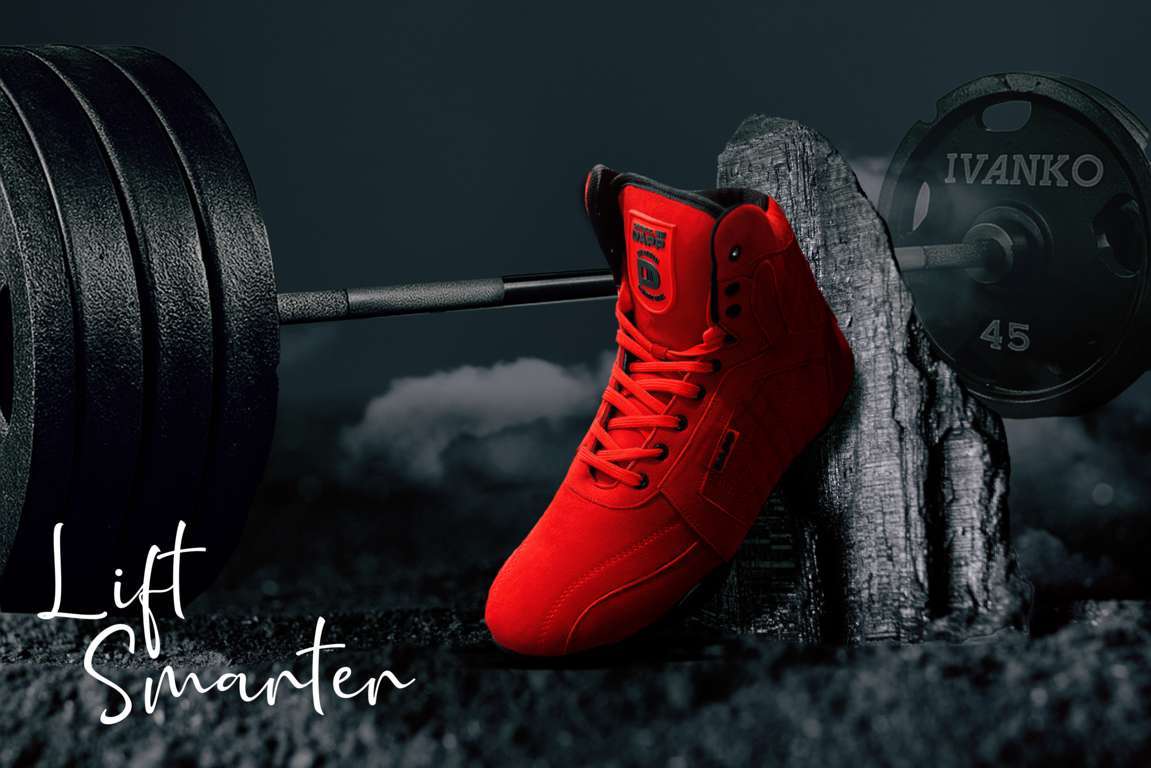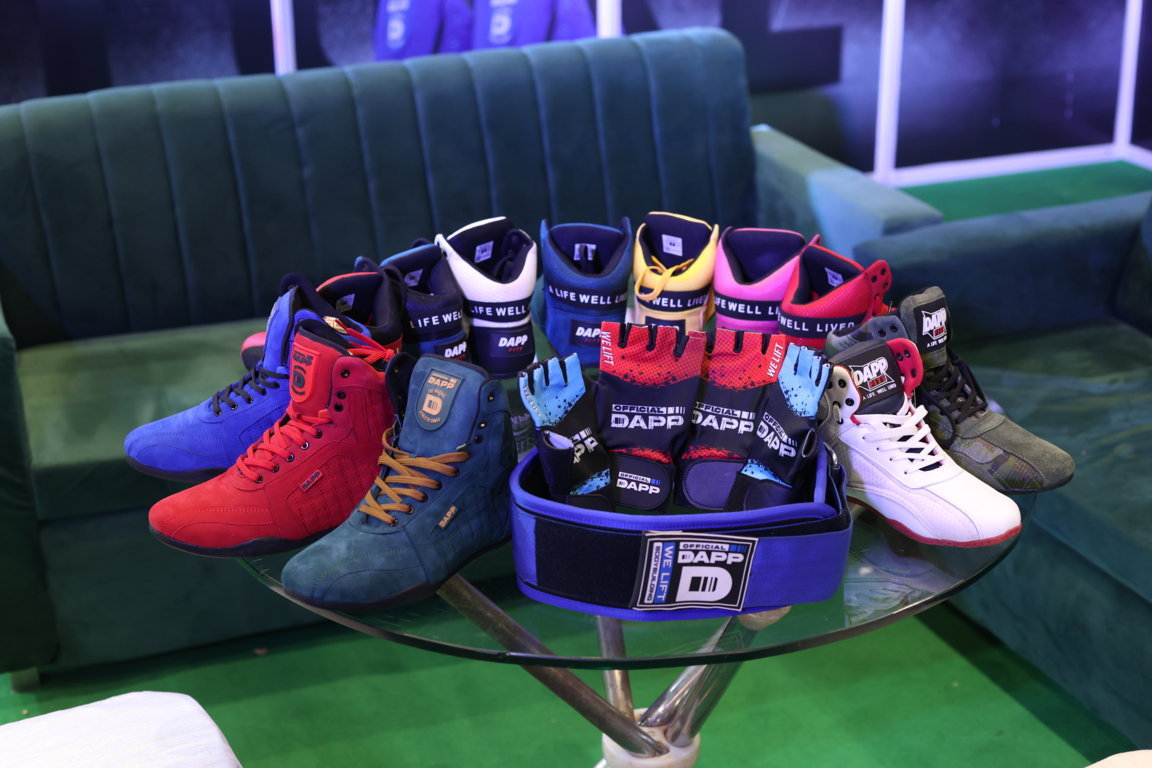If you’re serious about lifting, your shoes matter more than you think. While most gym-goers focus on routines, form, and supplements — they often overlook the one thing that connects them to the floor: their footwear.
Let’s break down the top 5 features every weightlifting shoe should have — and how DAPP Weightlifting Shoes deliver on all of them, and more.
1. Flat, Rigid Sole
Cushioned soles absorb force — flat soles transfer it.
When lifting heavy, you need to drive power from the ground. A flat sole gives you better stability, stronger connection, and more control.
✅ DAPP shoes feature a zero-drop, non-compressible sole for maximum power transfer and balance. No bounce. Just pure force.
2. Wide Toe Box
You lift better when your toes can spread naturally. It improves balance, grip, and overall comfort — especially during squats and deadlifts.
✅ DAPP’s wide toe box design gives your feet room to work, not squeeze. Total control, with zero compromise on comfort.
3. Secure Lockdown Fit
Your foot should stay locked in — not slide around. A shifting shoe can throw off your lift and increase injury risk.
✅ DAPP uses a hybrid closure system — laces plus a strong velcro strap — to keep your foot tight and secure through every rep.
4. Durable Build Quality
Heavy training sessions demand heavy-duty gear. Weak shoes wear out fast and affect your performance.
✅ DAPP shoes are built from premium materials that resist wear and support you through high-volume sessions, week after week.
5. Grippy, Non-Slip Outsole
Lifting on slick surfaces? You need a sole that sticks. Grip matters — whether you’re on rubber flooring or wooden platforms.
✅ DAPP’s rubber outsole offers max traction, helping you stay planted and focused on the lift, not your footing.
🚫 What Happens When You Lift in the Wrong Shoes?
Let’s be real. Most “gym shoes” aren’t meant for lifting.
-
Running shoes cushion your force — bad for power.
-
Casual sneakers can tilt you forward — unstable base.
-
Barefoot or sandals offer no support — unsafe and risky.
DAPP Weightlifting Shoes are built for lifters, by people who lift.
💬 What Lifters Are Saying About DAPP
“The lockdown fit is unreal. My foot doesn’t budge, even under heavy squats.” – Rohan, 105kg lifter
“I switched from Vans to DAPP. My deadlift setup feels way more solid now.” – Anuja, powerlifter
“Finally a lifting shoe that fits wide feet and looks clean.” – Tarun, coach & athlete
Join the community — tag us with #LiftWithDAPP
📊 Quick Comparison: DAPP vs Regular Gym Shoes
| Feature | Regular Sneakers | DAPP Weightlifting Shoes |
|---|---|---|
| Sole Type | Cushioned | Flat, Rigid |
| Foot Stability | Low | High |
| Support | Minimal | Lockdown Fit |
| Toe Space | Narrow | Wide |
| Grip | Average | Maximum |
❓ FAQs
Q: Can beginners use DAPP shoes?
Absolutely. Whether you're a newbie or a pro, proper footing helps you lift safer and stronger.
Q: Are DAPP shoes good for CrossFit or functional training?
They’re optimized for static lifts like squats, deadlifts, and bench. Not ideal for running or high-impact circuits.
Q: How do I choose the right size?
DAPP shoes fit true to size. If you’re in-between, go half a size up for comfort, especially if you wear lifting socks.
🔥 Final Rep:
Your shoes shouldn't hold you back. If you're training to get stronger, more stable, and more confident under the bar — DAPP has your back (and your feet).
💪 Train smart. Lift hard. Choose DAPP.
Ready to post. Let me know if you'd like a shorter version for Instagram caption, email, or product page description bhi bana doon?




